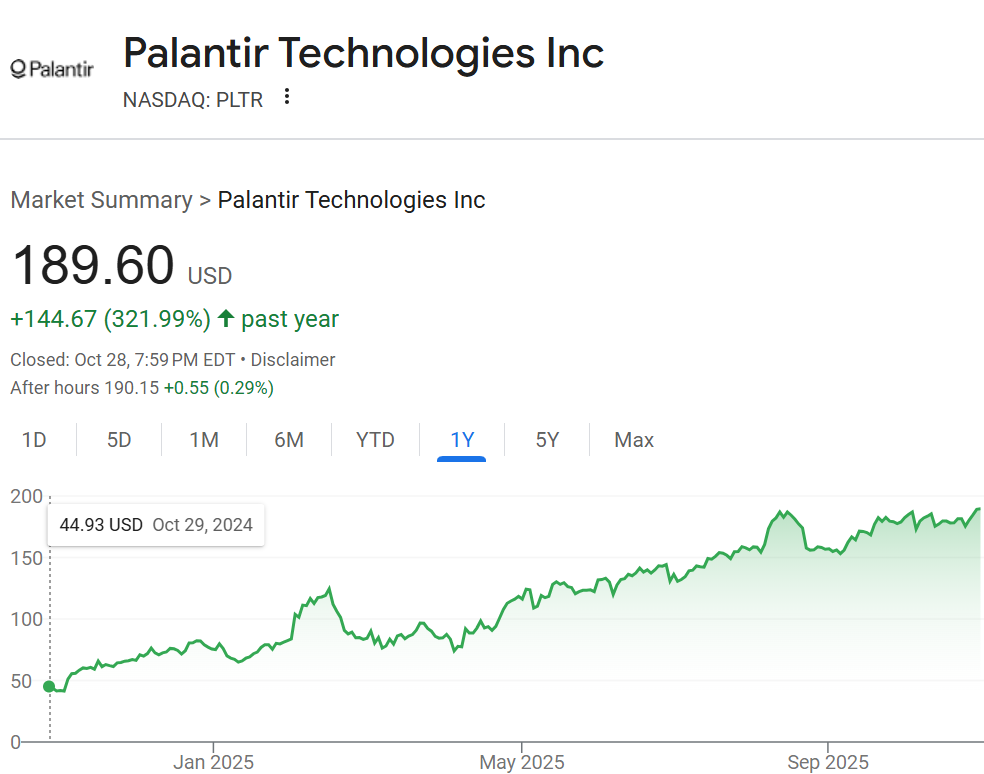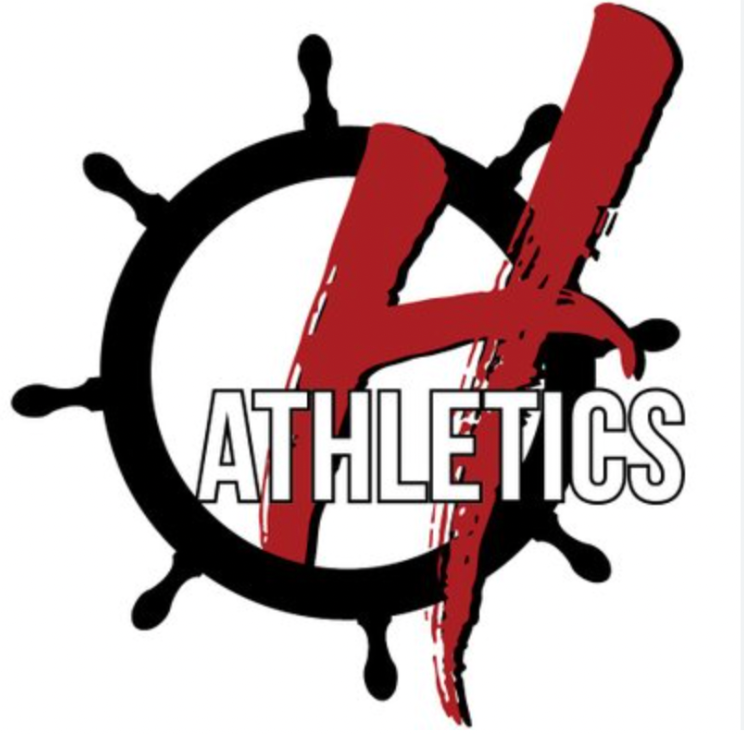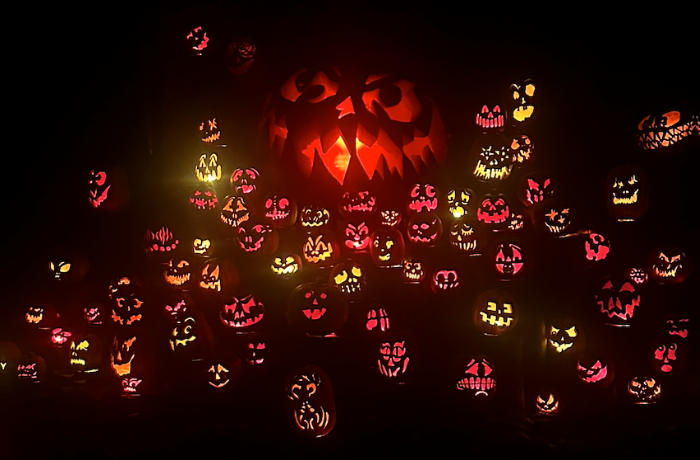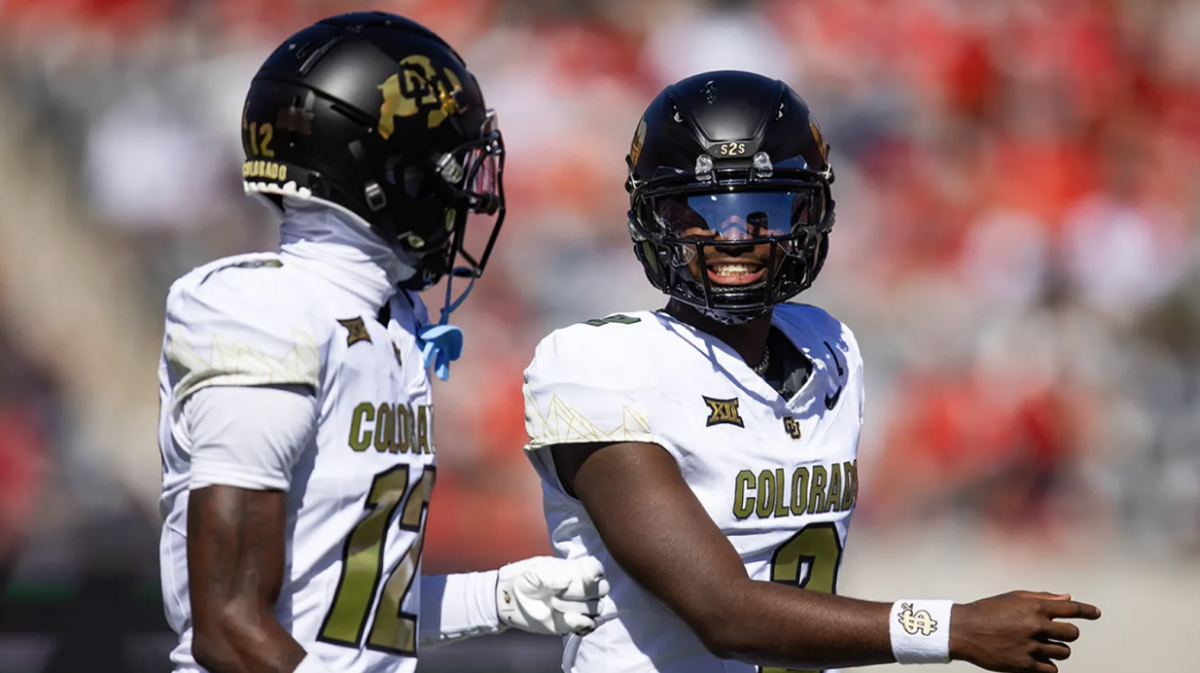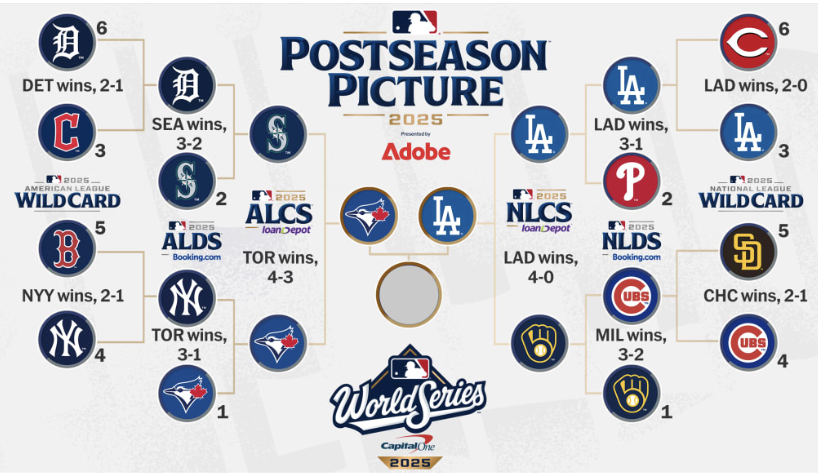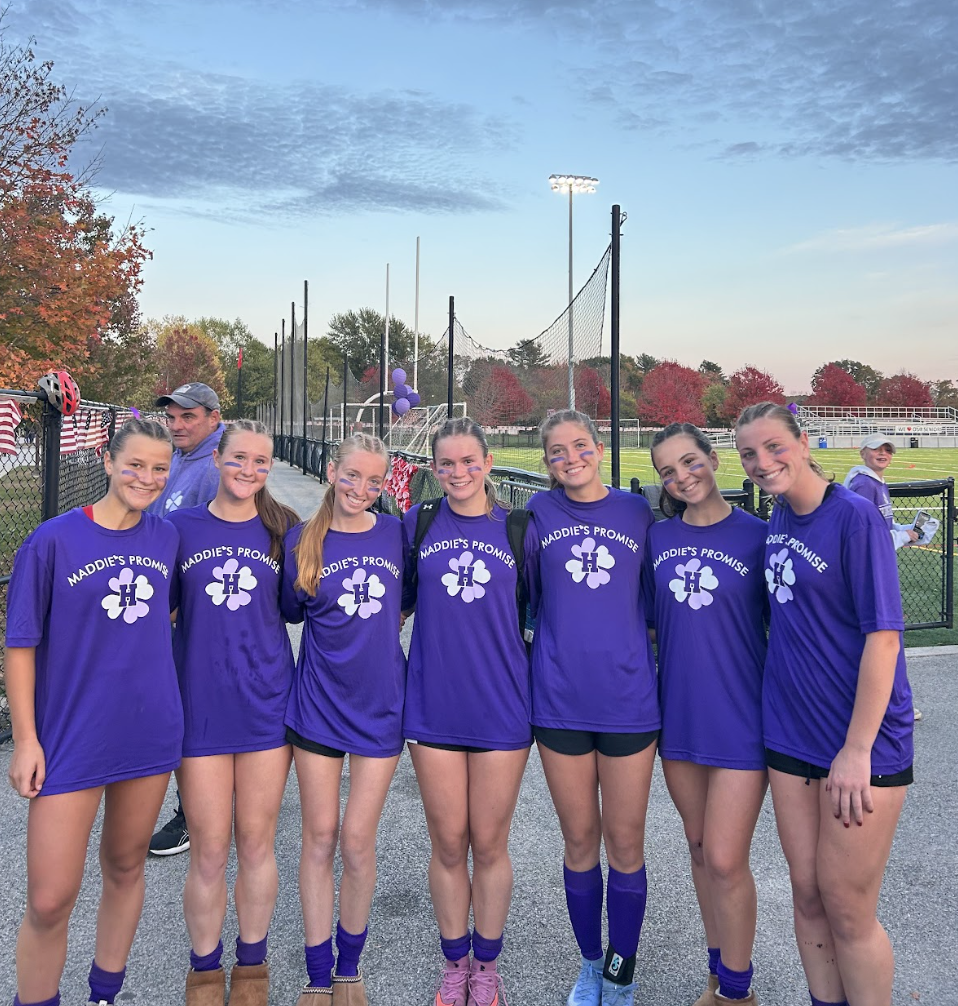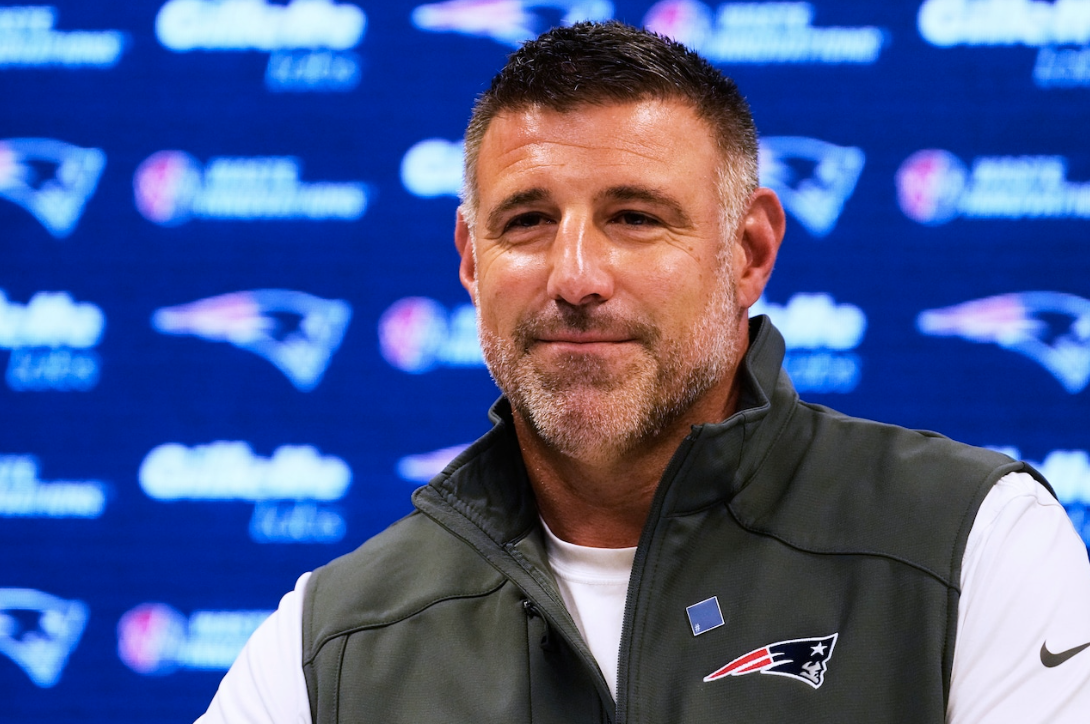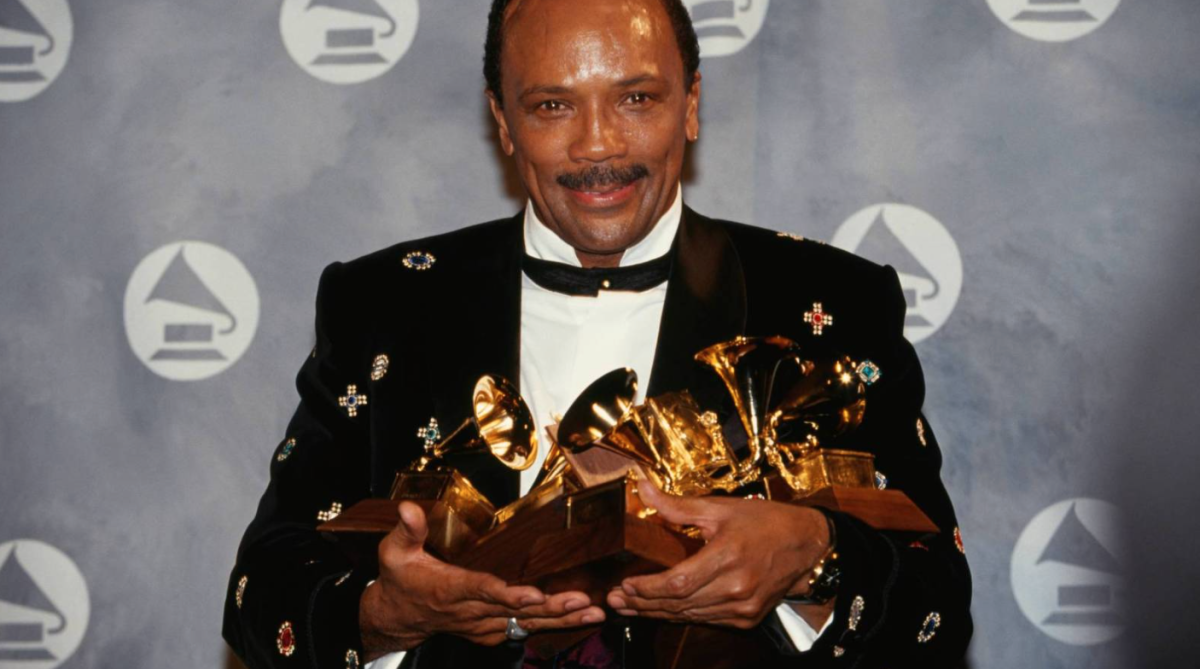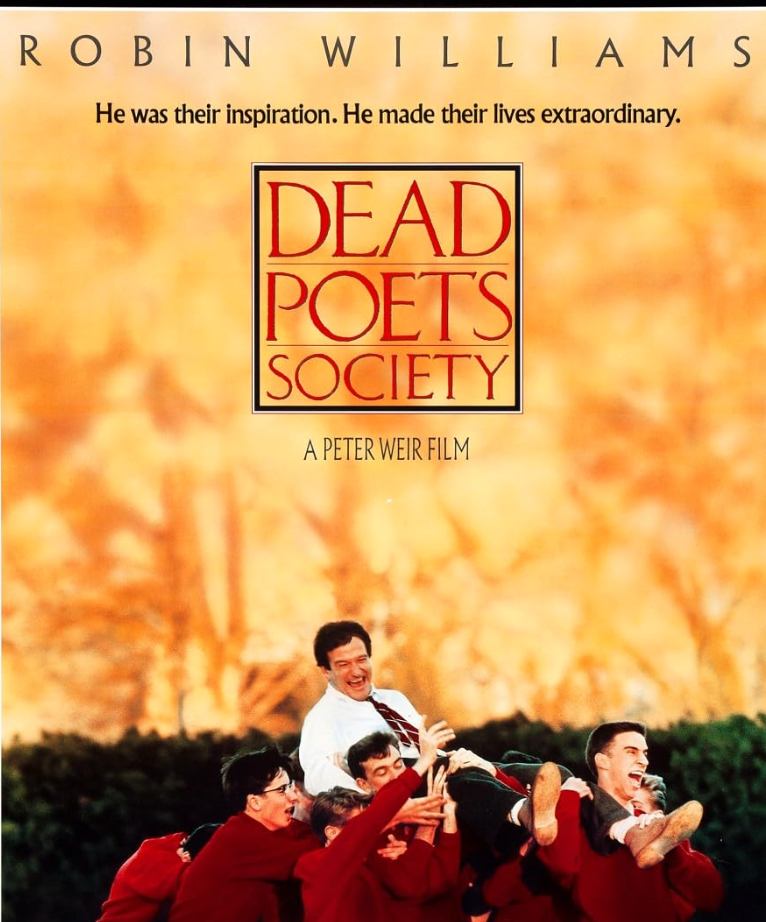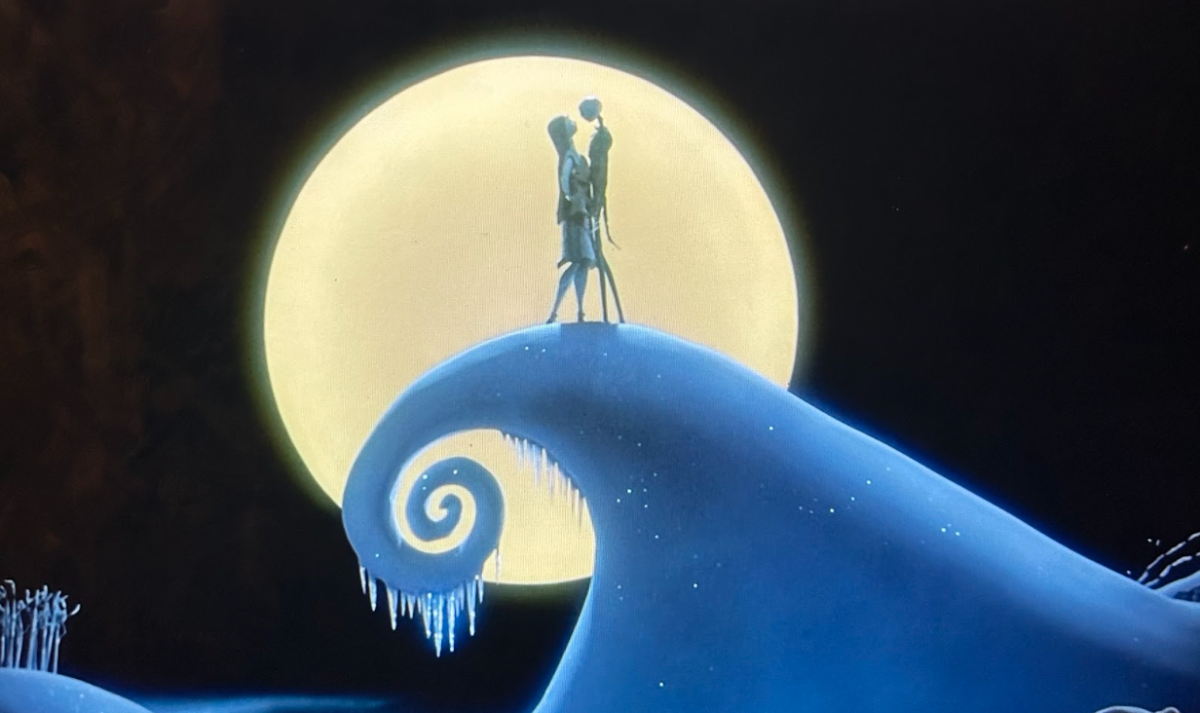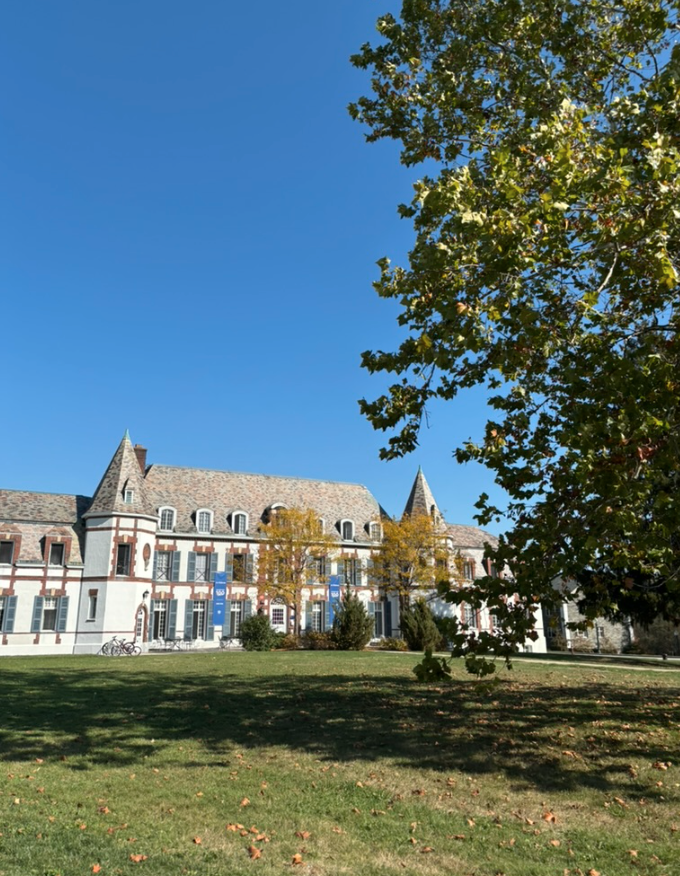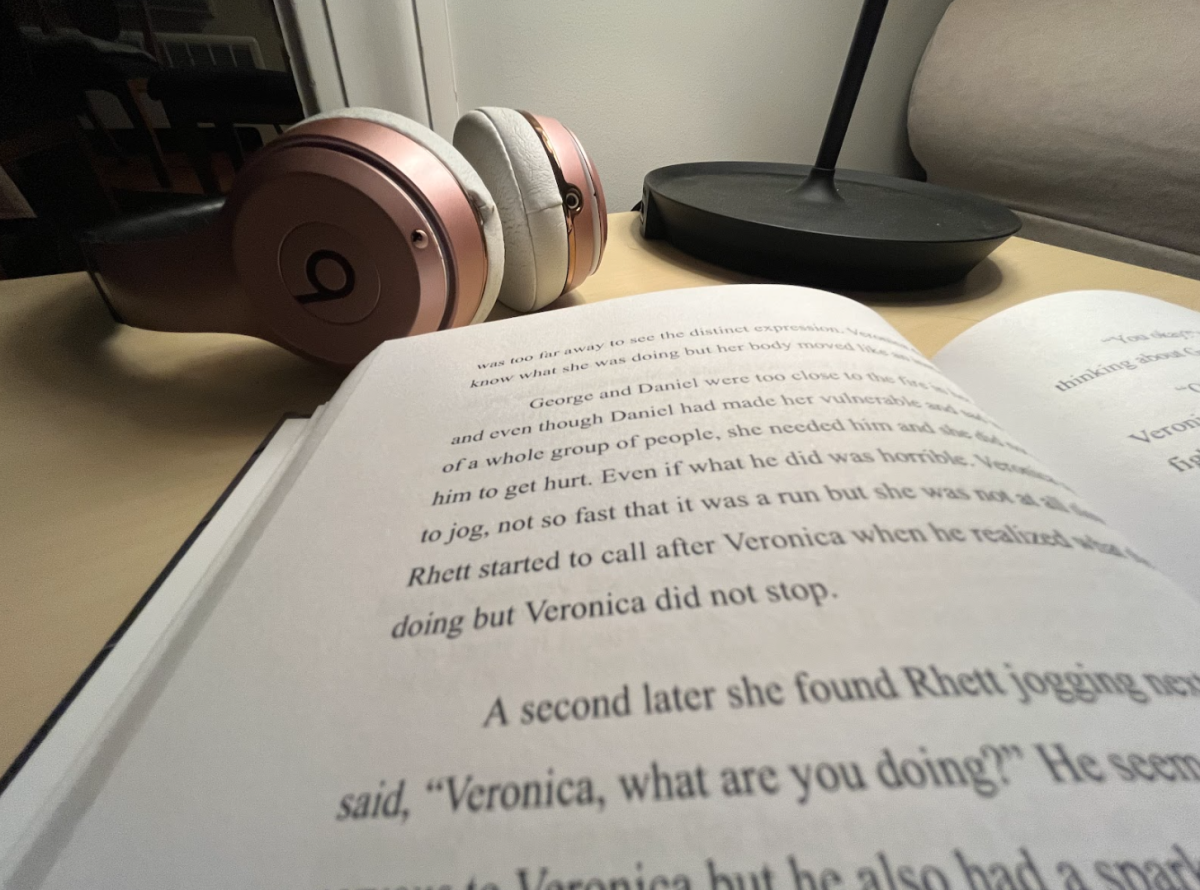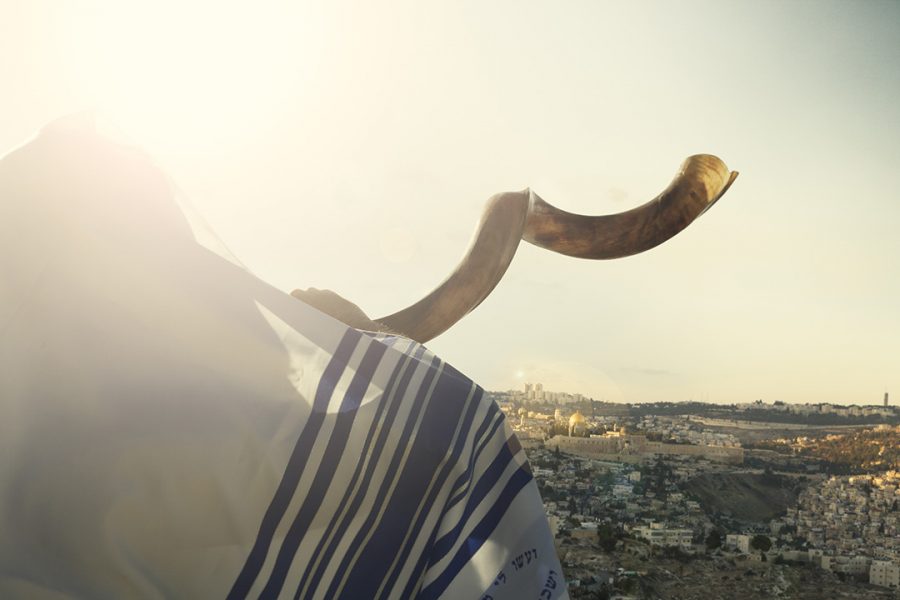What are Rosh Hashanah and Yom Kippur?
A Jewish man blows the shofar in honor of Rosh Hashanah.
September 22, 2018
What are Rosh Hashanah and Yom Kippur?
Many students, staff, and members of the community of the Hingham community do not even recognize the terms on a surface level. Others will respond with “those are Jewish holidays, right?” with apparent uncertainty threaded through their tones. The correct response is the one that the least amount of people give when asked, because, more often than not, Judaism and the holidays that Jews celebrate are not frequently discussed topics. Furthermore, these correct responses are typically given by the Jewish students who actually celebrate the holidays.
Nicole Croteau, a senior, mentioned that she knew Yom kippur had something to do with fasting, but she was unsure regarding whether or not Rosh Hashanah contained the same practices and what the holidays represent.
“I don’t know anything about them except for the fact that they are Jewish holidays,” spoke freshman Hayden Sousa.
Freshman Chris Hern echoed these sentiments. “I know they are Jewish holidays and that’s about it,” he said.
Jewish senior Molly Schwall shared that she “wish[es] students here knew how important the holiday is for us. When people think of Jewish holidays, they automatically think of Chanukah, which in reality, is one of the less important holidays for us… Yom Kippur is a very special day for Jews across the globe. It would just be nice to see more people being informed about our culture.”
Just take a look at the school calendar: almost all of the vacation days and weeks granted to students coincide with Christian holidays. Even though non-Christian students are presented with the opportunity to receive an excused absence on significant days for their respective faiths, the divide is still clear. A plethora of students at this school–and at most schools, for that matter–are left without the knowledge of the celebrations and practices of religions other than Christianity.
“Although there is not a huge Jewish population in Hingham, a day off for at least one of the holidays, specifically Yom Kippur, would be very appreciated,” expressed Schwall. “I genuinely enjoy school and I hate missing it because of all of the makeup work we have to do.”
Within these past two weeks, two of the most significant Jewish celebrations transpired without much recognition at school. These holidays are extremely significant to Judaism because they are the High Holy Days, known in Hebrew as Yamim Noraim (ימים נוראים). Of the High Holy Days are Rosh Hashanah, the Jewish New Year, and Yom Kippur, the Jewish Day of Atonement. The commencement of Rosh Hashanah spurs 10 days of self-examination that come to a close with Yom Kippur, a day of fasting and repentance that culminates in a feast after sundown.
“After the sunset, and after we broke the fast, I was up until 2 in the morning trying to finish my makeup work from this year,” continued Schwall. “My teachers have been very understanding about the work and extra time, however, it is still very overwhelming.”
This year, Rosh Hashanah occured from the evening of September 9th to the evening of September 11th. The exact date of Rosh Hashanah differs from year to year, but it is always within the timeframe of September and October. This is because Rosh Hashanah begins on the first day of Tishrei, the seventh month of the Hebrew calendar. Although it seems more reasonable for the Jewish New Year to culminate on the first day of Nisan, the first month of the Hebrew calendar, it takes place on the first day of Tishrei because that is the day regarded by Jews as the day God created the world.
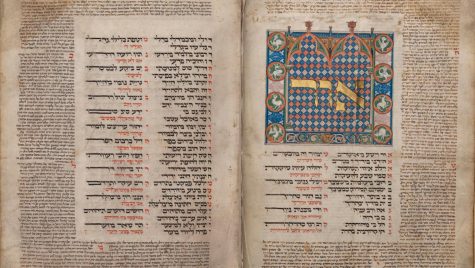
Contents the ancient Nuremberg Mahzor, circa 1331.
Unlike the New Year’s Eve parties many of the staff and students at HHS are probably accustomed to, Rosh Hashanah is a much more subdued occasion designated for the reflection and contemplation of the self. Attending work is prohibited on the holiday, and the most devout Jews typically spend the entirety of the day in their synagogues. Since the holidays are so important to Judaism, during both Rosh Hashanah and Yom Kippur, rabbis read from a specific prayer book called the machzor.
The ritual of blowing the shofar, a trumpet made from a ram’s horse, is a highly symbolic piece of the Rosh Hashanah celebration. The sounding of the shofar serves as a reminder of the need for repentance and that God is king. Other typical customs and symbols that accompany Rosh Hashanah include the traditional Jewish bread challah, apples and honey (Jews believe apples have healing capabilities and that honey will bring a sweet new year), and the greeting “L’shanah tovah” (“for a good year”).
Since Yom Kippur marks the end of the 10 days of self-examination, this year, the celebration took place from sunset on September 18th to sunset on September 19th. Yom Kippur is the holiest day on the Jewish calendar, a day set aside for atonement, purification, and cleansing of sin. For nearly 26 hours, Jews are supposed to fast, avoid lotions and creams, not participate in marital relations, and abstain from wearing leather shoes. Jews should instead remain in synagogue for the day, praying for forgiveness. When Yom Kippur ends at sunset, Jews then participate in a post-fast feast and other festivities.
An important note involving these practices is that, if a Jewish person cannot fast due to something such as a health problem, he or she is excused from fasting because God understands.
“Typically my family and I attend the Kol Nidre service on the first night and then services the next day. I’ve never been able to fast because I have low blood pressure, but this year my mom and I did a juice cleanse for 24 hours instead. This year we broke our ‘fast’ at a friend’s house and had kugel and bagels,” Schwall described.

“The Golden Calf” painted by Esteban March, circa 1650.
Yom Kippur’s history stems the Jewish year 2448, mere months after the Israelites left Egypt. At this time, the Israelites sinned by worshipping a golden calf. The exact divine law that these Jews betrayed by worshipping the golden calf is debated and not entirely known. The most common held belief is that Jews were recognizing a divine being other than God, and thus they violated the ultimate divine law of a monotheistic religion.
Moses, in order to beg for forgiveness, climbed Mount Sinai and prayed. Eventually, after doing so twice, for 40 days at a time each time, God granted divine favor to the Israelites. On the 10th day of Tishrei, Moses finally came down from Mount Sinai. That day lives on as Yom Kippur.
Although many people in day-to-day life are unaware of this crucial time for Jews, President Trump did address Jews for the High Holy Days. According to the transcript uploaded by the White House, during Trump’s remarks made on September 6, he wished Jews Shanah Tova, saying, “Over the centuries, the Jewish people have suffered unthinkable persecution, yet you have not only endured, you have thrived and flourished as an example of humankind.” He also declared that he wanted to show his “deep admiration and gratitude for the extraordinary contributions of the Jewish people to the United States and to the world.”
While these messages were appreciated by some, others resented the apparent hypocrisy of the statement. Just last year, Trump responded to the white-nationalist Charlottesville rally that was disrupted by protesters, resulting in the death of Heather Heyes, as having “some very fine people on both sides.” For Trump to say such a thing about rioters holding and wearing flags and other garments with Nazi symbolism on them, the pinnacle of Jewish oppression, calls into question the authenticity of the statements he made recently.
Stephen Miller, the Senior Advisor to President Trump, is a Jewish man in the White House, which does reflect Trump’s “admiration” of the Jewish people. However, Miller’s childhood Rabbi Neil Comess-Daniels delivered a sermon for Rosh Hashanah in which he emphasized Miller’s need to repent. “Honestly, Mr. Miller, you’ve set back the Jewish contribution to making the world spiritually whole through arbitrary division of these desperate people,” said Comess-Daniels, according to Daily Kos. “The actions that you now encourage President Trump to take make it obvious that you didn’t get my, or our, Jewish message.”
Trump’s words are further dampened by the fact that he did not deliver the same treatment to other religions during their holy days. For instance, Trump brought the long-held tradition of the the White House celebrating Ramadan to an end, demonstrating that the “admiration” that he holds for Jews does not apply to all religions, and, thus, loses its sentiment.
To answer the question that started this article, Rosh Hashanah and Yom Kippur are hugely significant holidays in the Jewish religion, yet they are among the least known. Here at HHS, Jewish students are few and far between, but, at any school, a Jewish student’s right to honor his or her religion and culture should be more recognized and respected. Public schools should not have a designated religion; although HHS does not, non-Christian students often do not receive equal opportunities to follow their faiths. The more who know about and understand Rosh Hashanah and Yom Kippur, the better the environment will be for Jewish students everywhere.

